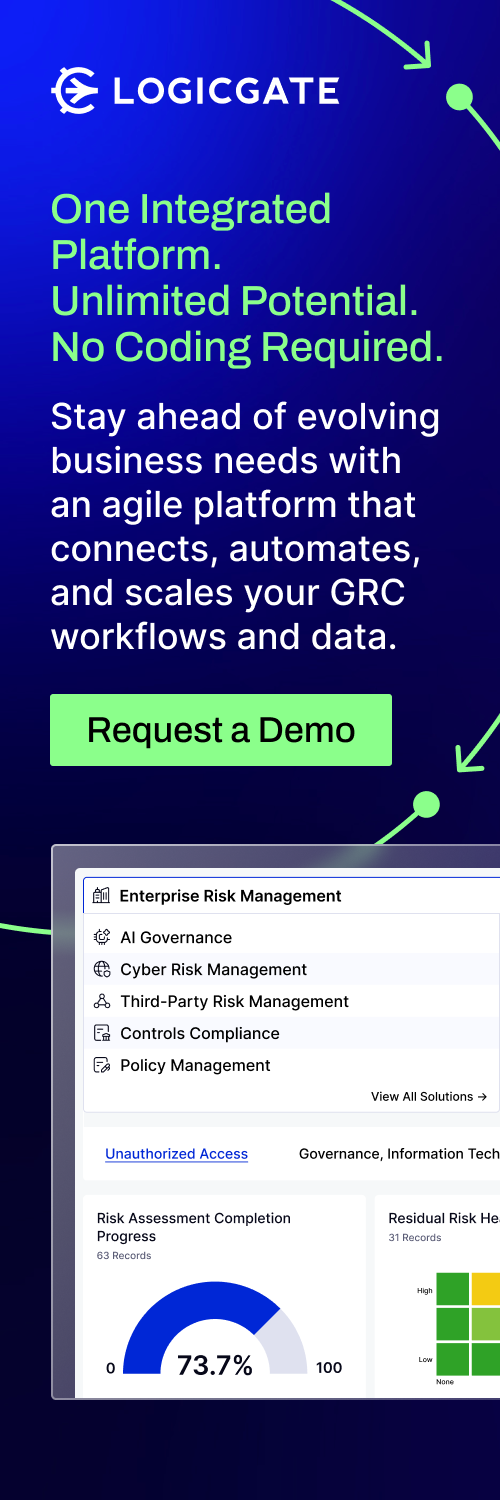April 27, 2012 - Almost seven out of 10 (68 per cent) North American capital markets executives believe a significant portion of their firms' resources will be consumed by regulatory burdens and data latency issues, while 96 per cent admit that stress testing has not addressed all the important risks to the banking system, according to a recent survey by Sybase Inc., an SAP® Company (NYSE: SAP) and a leading provider of enterprise and mobile software.
April 25, 2012 - China's mobile payments market is forecast to be the largest in the world by 2015, comprising $80 billion in payments from 441 million active users, according to figures from research house Kapronasia.
April 24, 2012 - Risk management is set to play a crucial role in the functioning of European hedge funds, according to a survey conducted by Omgeo and Hedge Funds Review. Almost all of the hedge funds surveyed (94%) believe that demonstrating robust risk management capabilities will be of critical (52%) or moderate (42%) importance to the fund-wide efforts to raise assets in 2012.
April 23, 2012 - Major overseas banks may be made exempt from strict new US laws relating to derivatives, sources have indicated. In the near future, regulators are planning to implement legal changes with the intention of cutting the risk associated with derivatives in order to reduce the likelihood of any repeat of the recent monetary crisis.
April 19, 2012 - The global banking industry could regain a significant proportion of the profitability lost during the financial crisis by adopting modern banking platforms, according to new research by Temenos and Deloitte, the business advisory firm.
April 19, 2012 - The Federal Reserve says banks will have two years to comply with a rule that would ban them from trading for their own profit. The so-called Volcker rule is expected to take effect this summer. But the Fed clarified Thursday that it won't enforce it until July 2014.
April 19, 2012 - The Federal Reserve says banks will have two years to comply with a rule that would ban them from trading for their own profit. The so-called Volcker rule is expected to take effect this summer. But the Fed clarified Thursday that it won't enforce it until July 2014.
April 16, 2012 - International banking and securities regulators have set out new and more demanding standards for operators of payments, clearing and settlement systems as part of an international effort to boost the resiliency of the financial markets.














